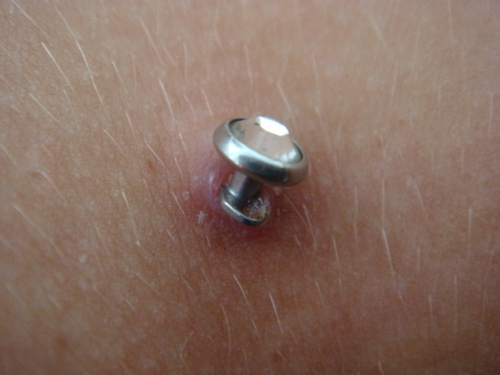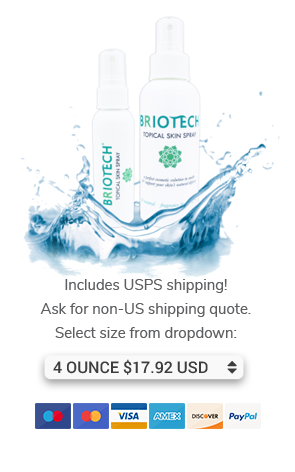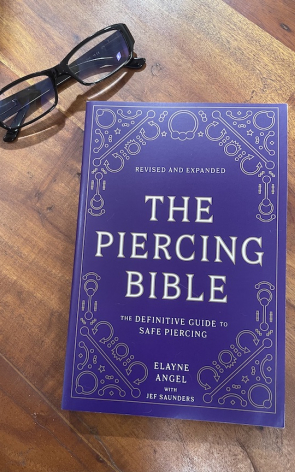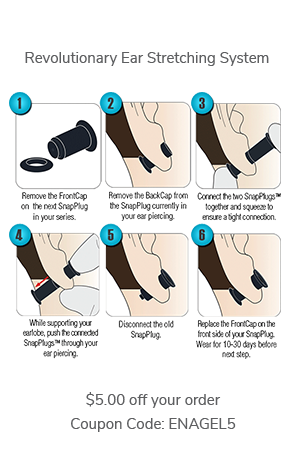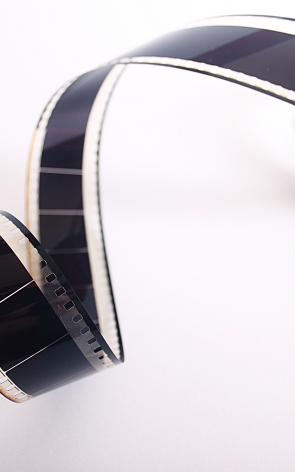I received a message from a person whose surface anchor was beginning to reject:
Hello,
I got a chest microdermal around 9 months ago and the heel/bottom of it is rejecting. I'm getting it removed today and wanted to know what would the proper placement of a chest dermal be? I think I got it to low and all the tissue that was pulling on it was making so that it could not fully sit correctly. I'm just asking about this to see if getting one higher would be better. I also wanted to know if there was another type of piercing I could get there that would achieve the same effect except with better results. I love my dermal so much I'm just sad to say goodbye to it.
Thank you for your time.
Hello.
I can understand your concern.
Unfortunately, even when everything is done right, surface anchors (the preferred terminology of the Association of Professional Piercers) simply appear to be less of a permanent body modification than traditional body piercings.
They require ongoing care throughout their life span, including regular irrigation to make sure no matter builds up in the channel or under the ornament. And even with this care, sometimes they will tilt and/or surface and reject.
There is no guarantee that repiercing in the area would result in better results. In fact, I think you can expect the same thing to happen again, which would only result in more scar tissue.
Below are some brief excerpts from my book, The Piercing Bible--The Definitive Guide to Safe Body Piercing
Surface Piercing
Some people are predisposed to healing surface piercings. If you are not among the lucky few, then migration, rejection, and significant scarring are all probable consequences. If you can’t live without attempting a surface piercing, be prepared for a lengthy healing period (usually six to nine months or longer) and the possibility you will be wearing a scar instead of jewelry by the end of it all.
Surface Anchor
Migration, rejection, scarring, and catching accidents, including traumatic removal, are risks, but the extent of scarring is apt to be limited due to the diminutive size of the wound. To remove it, the jewelry is firmly grasped, the tissue is held steady, and the ornament is forcibly taken from its pocket. If tissue has grown to the plate, a needle may be needed to free the piece. It appears they may be more likely to fall out than surface piercings, but they are less likely to grow out.
Single-point piercing (yet another name used for the process) is a relatively new and experimental modification, so there is no data on long-term successes or complications.
I think the most important thing you can do is be aware of this and make an educated decision before getting pierced again--be aware that this is a risk of surface anchors, and surface piercings, that you should not expect the modification to be permanent.

